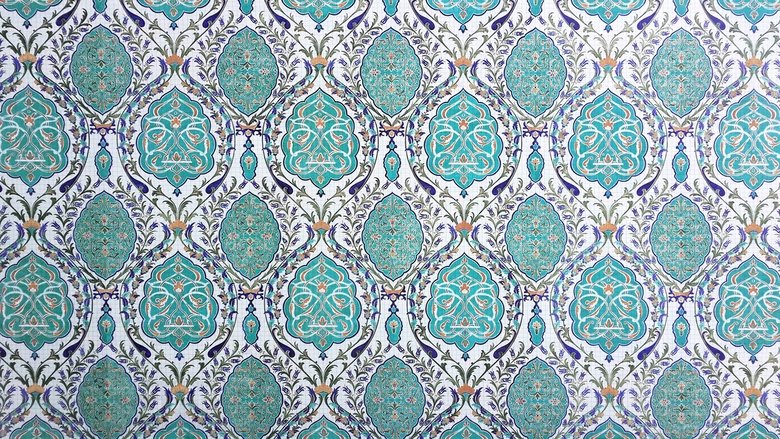History of Pottery and Ceramics in Algeria
Genres
Documentary
OverView
In Algeria, pottery is different from one region to another, the result of the various influences it has undergone throughout history. If the manufacturing steps are substantially the same, the result is far from identical. In Kabylia, for example, the pottery, decorated with patterns, is red in color. In the south of Adrar, there are objects with rather original shapes and black in color. The pottery of the Nementcha Mountains is fashioned in clay with pink tones and decorated with brown designs. Originally, objects were made in families and exchanged between neighbours...
Others
Budget
$--
Revenue
$--
Status
Released
Original Language
Arabic
Runtime
26 mins
Rating
10/10
Release Date
22 October 2004
Country
Algeria


